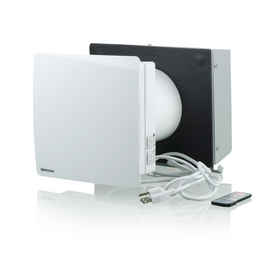
Landscaping Essentials to Get You Started with Yard Improvements
Last Updated: Apr 13, 2025It’s backyard season! And to kick things off this year, we’re looking at some of the basics to consider when planning your landscape makeover. Did the image get you? No we’re not talking about pools or fire pits or hot tubs (not in this one) - we’re talking about the four essential things to consider when planning landscaping improvements.
Table of Contents
- Make Water a Priority
- Soil is Golden
- Plant Smart
- Matter your Materials

Soil is Golden
Treat your soil like gold and it will love you back. Chances are your soil is compacted - it’s a good thing to look into since compacted soil restricts plant growth contributes to erosion, and increases flooding and runoff.
Using mulch is eye candy for a garden - it also happens to protect the roots of plants, slow down erosion, adds nutrients to the soil, keeps the soil moist, and helps to keep weeds away. So get mulchin’!

Plant Smart
You might be tempted to take out all the existing plants to make way for the new ones. Check them out first: you’ll want to do this for non-native plants, as they can be invasive, but preserve native plants.
- Native plants do better in drought conditions and poor soil, and they’re also more likely to resist diseases or any pests that may be getting into your yard.
- Deciduous trees (ie. those that lose their leaves at seasonally) are also a good option for shading in summer months while making way for the sun in colder months.
- Edible plants are also great for your yard. Yummy choices like chives, runner beans, and artichokes can blend well within ornamental gardens.
- A variety of plants matters a lot - by adding variety, you’re contributing to a healthy ecosystem of wildlife like insects, birds, bees, etc that can contribute to your garden.
Rise
At Rise, we strive to make sustainable home improvement easy and accessible for everyone. Whether you're building or renovating, our thoroughly vetted building products will help you reduce your carbon footprint, lower energy costs, and create a more sustainable living or working environment.












